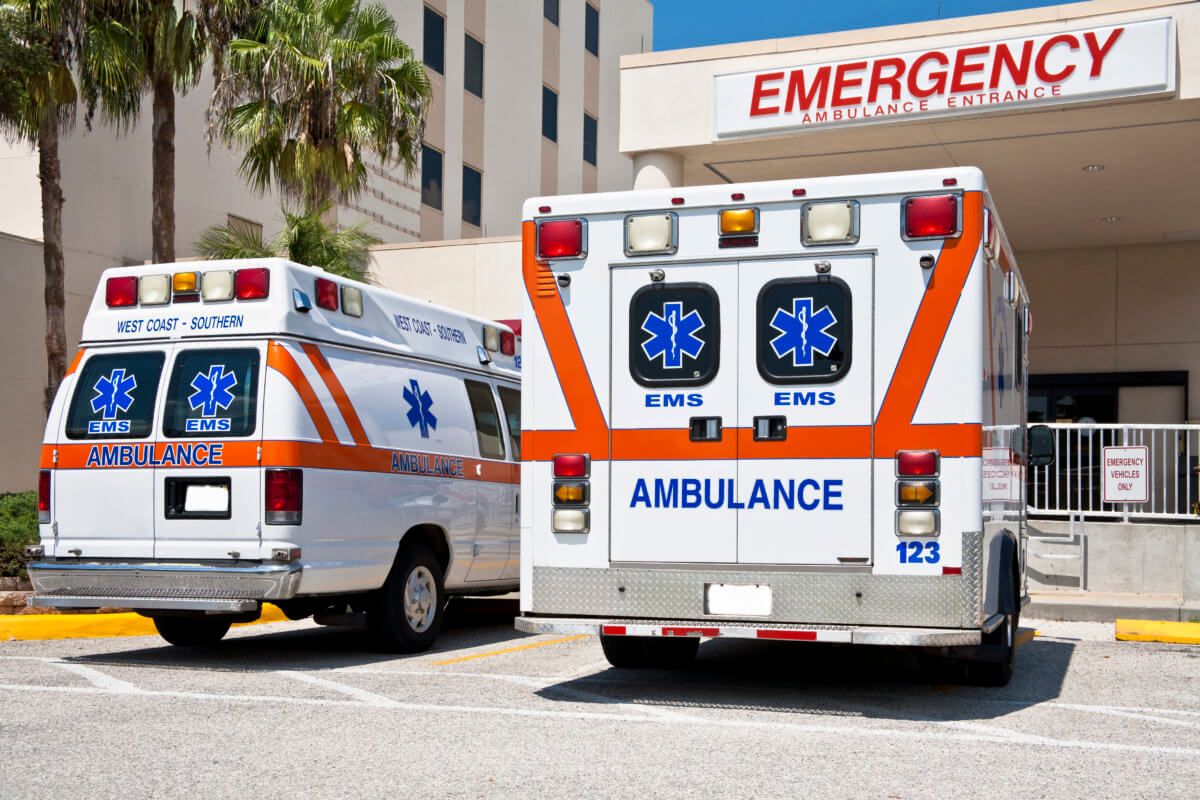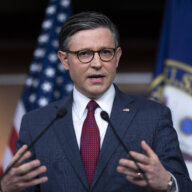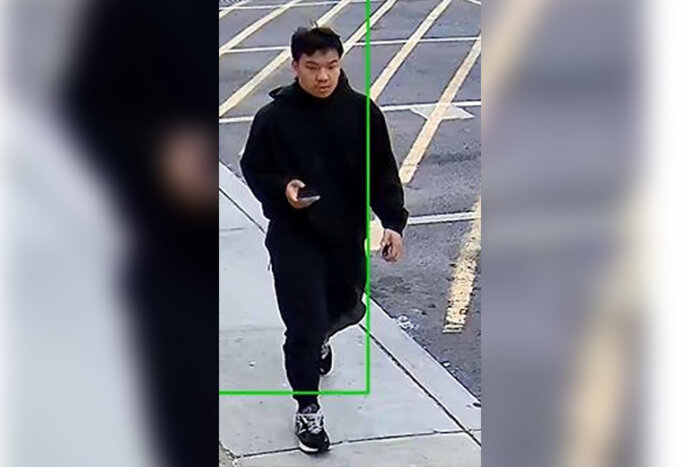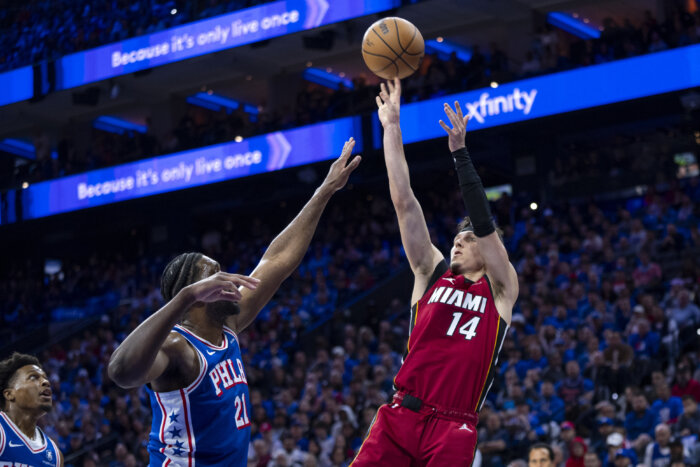They’re indirect victims of the pandemic.
Health experts say there’s evidence suggesting people experiencing medical issues more serious than the novel coronavirus are not going to the emergency room. The tendency may even be leading to an uptick in mortality rates.
ER visits nationally dropped 23 percent for heart attack and 20 percent for stroke, two of the country’s leading causes, between mid-March and late-May, according to a Centers for Disease Control and Prevention report.
Such a sizable decline in a short period of time is “biologically implausible,” according to the report.
It “suggests that patients with these conditions either could not access care or were delaying or avoiding seeking care during the early pandemic period,” the CDC article says.
Jim Woodward, president and CEO of Trinity Health Mid-Atlantic, has seen the trend. The system’s five hospitals, which include Mercy Catholic Medical Center in West Philadelphia and Nazareth Hospital in the Northeast, have recorded a 25 to 40 percent decrease in traffic.
CDC data indicates that ER volume was down 42 percent in April compared to last year.
“Our concern was that the incidents of heart attacks and strokes really haven’t declined,” Woodward told Metro.
“What we ended up seeing in many of our emergency rooms is a lot of patients were coming in, but they were coming in with much higher acuity; they were much sicker than we would typically see,” he added.
Going to the emergency room is nerve-racking under any circumstances, but there’s concern that fear of being infected during the pandemic is keeping people home.
Trinity Health Mid-Atlantic recently teamed up with Main Line Health, which operates several suburban medical centers, and the American Heart Association to launch a public awareness campaign to encourage people who think they are having a stroke or heart attack to call for an ambulance.
It’s called “Don’t Die of Doubt,” and it urges people not to second-guess when they have symptoms.
“Heart attack and stroke symptoms are always urgent,” Dr. William Gray, a cardiologist and president of MLH’s Lankenau Heart Institute, said in a statement. “This campaign is geared toward minimizing hesitation to call 9-1-1 in an emergency.”
Heart attack symptoms include chest discomfort, shortness of breath, cold sweat, nausea, lightheadedness and pain in one or both arms, the back, neck, jaw or stomach, according to the American Heart Association.
Someone has a heart attack every 40 seconds in the United States, according to the CDC.
Face drooping or numbness, arm weakness and slurred speech or difficulty speaking are common signs of a stroke. The condition affects about 795,000 people every year around the country.
Seconds count when a person has a heart attack or stroke, Woodward said, and delaying treatment can limit options for doctors.
A hospital “is still the safest place you can be in a medical emergency,” he added.
Woodward noted that hospitals have implemented visitor limitations, mask requirements, COVID-19 screening measures and increased cleaning.
At Trinity’s hospitals, coronavirus patients are isolated in a wing with separate HVAC and ventilation systems, he said. Cafeterias are closed to the public, and each patient room is thoroughly cleaned before being used again.
Woodward said the number of COVID-19 patients is creeping up, as cases continue to climb in the region, but it’s still far below the pandemic’s peak, when Nazareth and Mercy’s intensive care units were at capacity.
In fact, volume remains below pre-pandemic levels, and most of the new coronavirus patients are younger and don’t require ICU care, he added.
So there’s room, if disaster strikes.
































